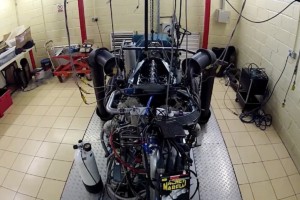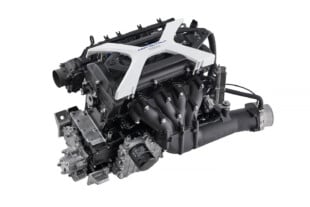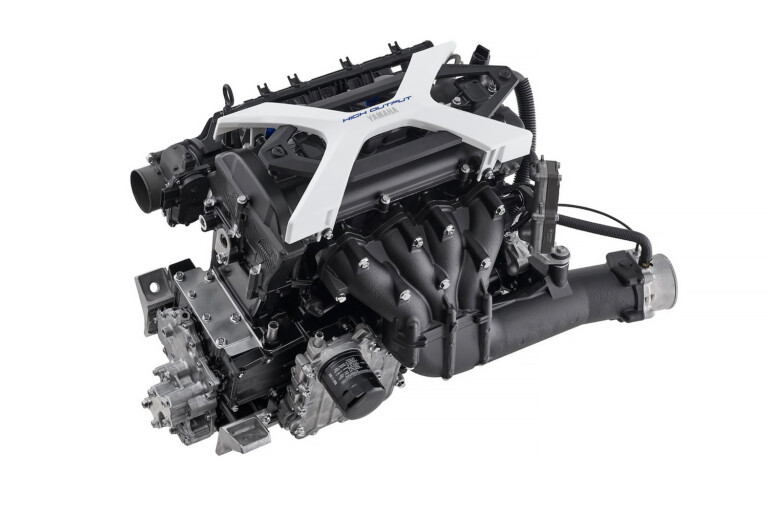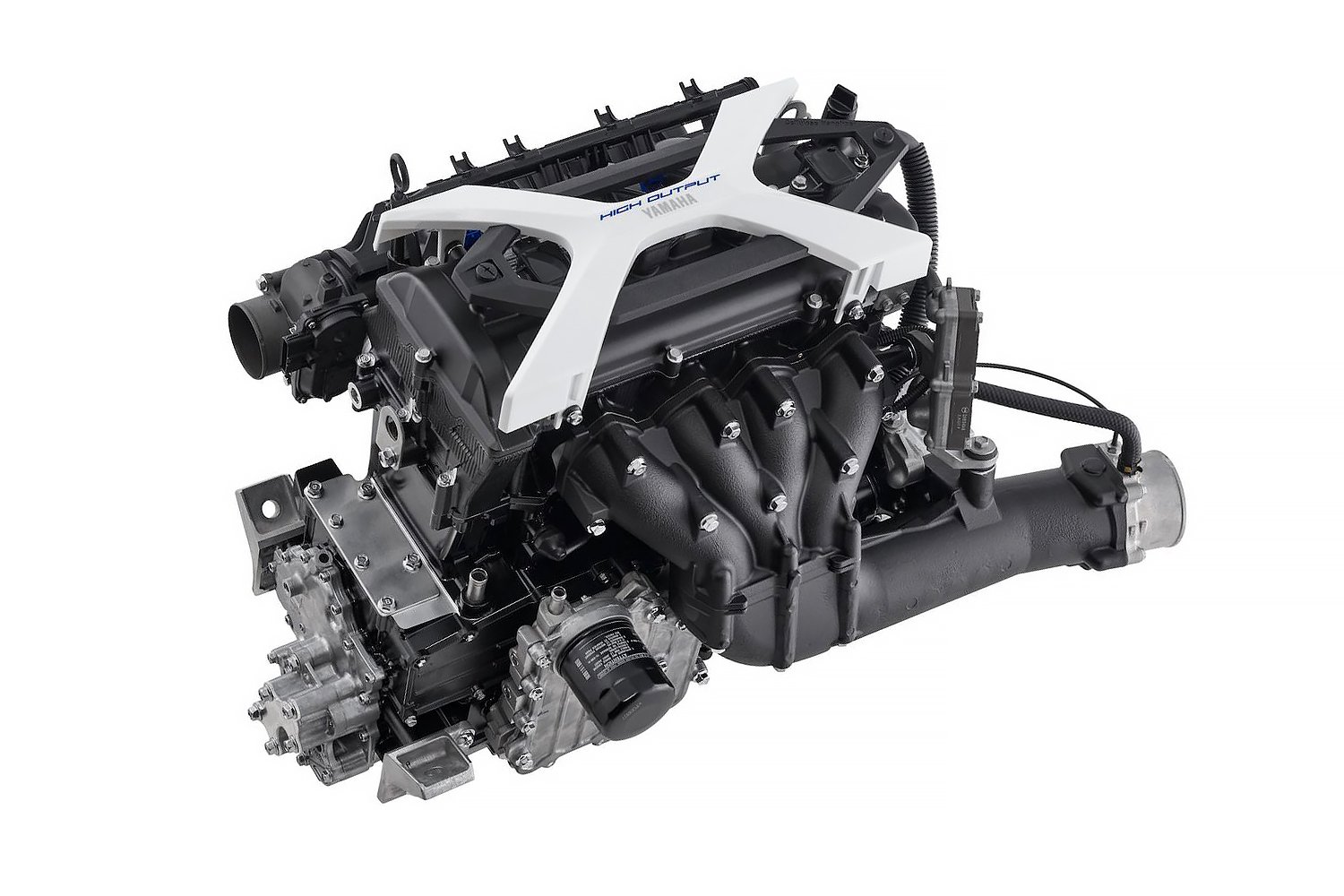The Minardi M02 was a great looking Formula 1 car with its eye-catching yellow livery and refined aerodynamics, but its Fondmetal 3.0-liter V10 sorely lacked the horsepower the rest of the field enjoyed in the 2000 season, which was won by Ferrari and Michael Schumacher. The Fondmetal V10 is basically the Ford Cosworth Zetec-R VJM engine that powered a few F1 teams in the late ’90s–most notably Jackie Stewart’s effort that was purchased by Ford and turned into the Jaguar team in 2000; though, with the Cosworth CR2 V10 engine–but rarely provided a podium finish.
In 1999, Italian wheel designer Fondmetal acquired the engineering support and rights to the VJM engine from Cosworth and tried to upgrade it for the new Minardi chassis the following year. With drivers Marc Gene and Gaston Mazzacane, Minardi finished no better than eighth and ended the constructor’s championship in a tie for last place with no points. Of the team’s 10 mechanical retirements, seven were due to engine failure.
The Minardi M02 did make one significant contribution to the Formula 1 history books by introducing the first cast titanium gearbox. It was 25 percent lighter and 20 percent more compact that comparable magnesium or aluminum cases. But we’re interested in the engine. Last year TDF, a British engineering company with strong ties to Formula 1, restored one of the Minardi M02 chassis. Included in the process was firing up the Fondmetal-badged V10 for the first time in 13 years (see video above). The engine was overhauled and dyno tested (see lead video on top of the page) before installation into the rebuilt chassis (see video below).
 The V10 is based on a 72-degree block and features 91.000 x 46.100 mm bore/stroke combination. Compression ratio was reportedly 12.8:1, and it redlined at 16,500 rpm–although TDF says the engine controls have been revamped to lower the rev range to increase useful engine life, possibly for vintage racing. Total weight was 128 kg, or just under 283 pounds. Listed horsepower in 2000 was 705. Magneti Marelli provided the ECU. On the video, you can barely see the fuel spray from the injectors located above the trumpets. Once installed in the car, a huge airbox would cover the fuel system.
The V10 is based on a 72-degree block and features 91.000 x 46.100 mm bore/stroke combination. Compression ratio was reportedly 12.8:1, and it redlined at 16,500 rpm–although TDF says the engine controls have been revamped to lower the rev range to increase useful engine life, possibly for vintage racing. Total weight was 128 kg, or just under 283 pounds. Listed horsepower in 2000 was 705. Magneti Marelli provided the ECU. On the video, you can barely see the fuel spray from the injectors located above the trumpets. Once installed in the car, a huge airbox would cover the fuel system.
Take a look at all three videos for an interesting flashback in the F1 timeline. You’re never going to hear engines like that again.

















